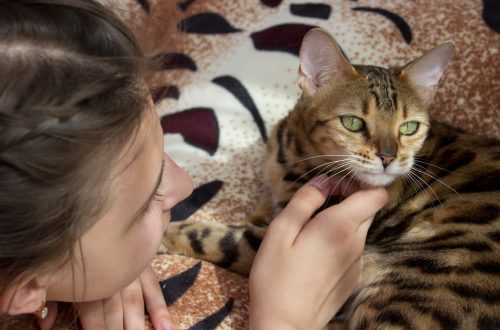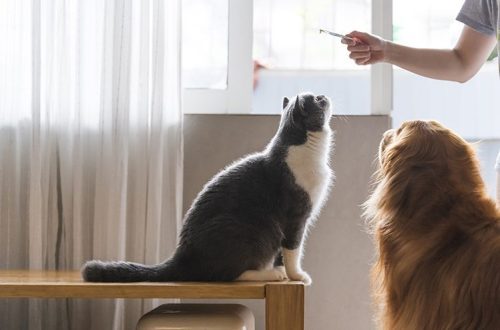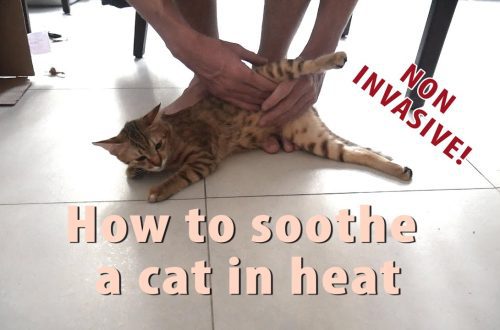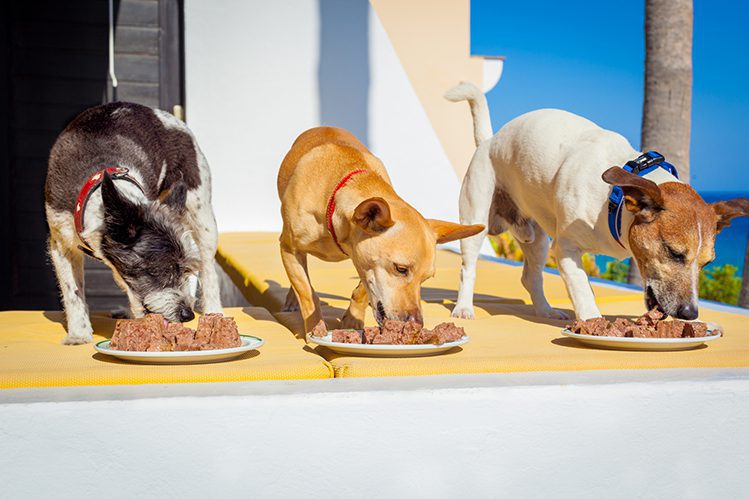
Do pets need variety in food?
If dogs and cats could talk, what dish would they order? What if the pet is tired of his food and wants to try something new? Does he need variety in food? Find out in our article.
Proper feeding of a dog and cat is when the diet is close to natural and fully meets the physiological needs of the animal. Knowing how your pet’s digestive system works makes it easier to understand what his diet should be.
Dogs and cats have relatively short intestines, so their digestion process is more passive. For example, traces of dry food that a dog ate for breakfast can be found in the stomach after three days.
The success of healthy digestion in cats and dogs is in properly produced enzymes.
Enzymes gradually adapt to the food that the pet consumes. It turns out that the digestive system “learns” to process food familiar to it.
Too frequent change of food creates a stressful situation for the body, forcing again and again to expend its strength and resources to produce new enzymes. While this is happening, the digestion process is unstable, which means that a cat or dog may experience gastrointestinal disorders and difficulties in absorbing substances from food.
Therefore, it is best to choose the optimal diet and stick to it.

It is recommended that dogs and cats be fed one balanced diet on a regular basis. However, during the life of the animal, the needs of the animal change, and the diet can also change. That is why there are food lines for kittens and puppies, sterilized, elderly dogs and cats, animals prone to various diseases, etc. All of them are designed to meet the needs of a pet in a specific period of his life.
But what about the flavor variety?
Taste buds on the tongue of a predator are less developed than ours. Much more important for him is the aroma! Therefore, if you want to pamper your favorite gourmet, it is enough to “dilute” the usual portion of the new flavor component. The main thing is to do it right.
When choosing a food, carefully study the main ingredients of the composition: these are the first 5 ingredients after the colon. If the basis of the feed is different, then the enzymes must also be rebuilt to suit the molecules of different proteins. And this time, stress and extra burden on the body. Such changes in the diet are justified only when there are health prerequisites for this and a doctor’s prescription.
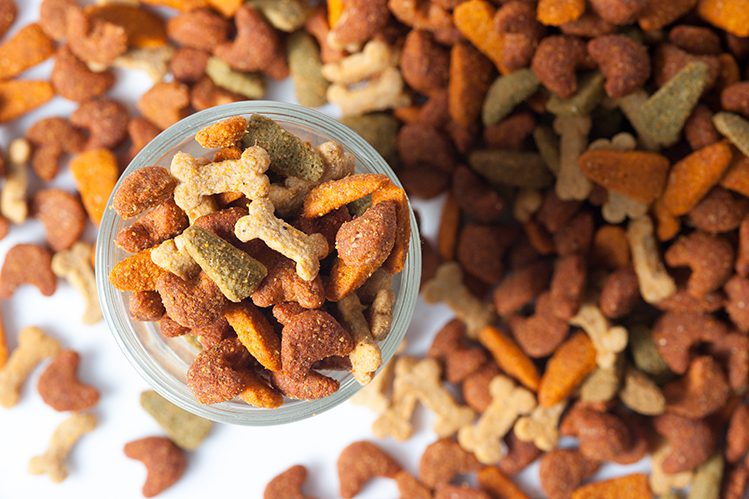
Feeds with the same protein base, but different taste components (up to 4% of the total composition) do not have fundamental differences and are digested in a similar way. This means that the body will not be stressed when changing such food. For example, if you give a cat food with chicken, but want to treat it to fish, just choose food with the same basis, i.e. from the same manufacturer, the same line, but with a different taste. And you’re done!
Everything else will be called a sudden change in diet and instead of enjoying food, it can negatively affect the health and mood of the pet.
There is another way to pamper your pet – it’s goodies. Not the ones that sit on our table, but those designed specifically for dogs and cats and based on meat. When treating a pet, be sure to adhere to the feeding norm (it is indicated on the package) and carefully monitor its reaction. For any negative manifestations (indigestion, dermatological problems), stop giving a treat and, together with a veterinarian, find out what contributed to this reaction.
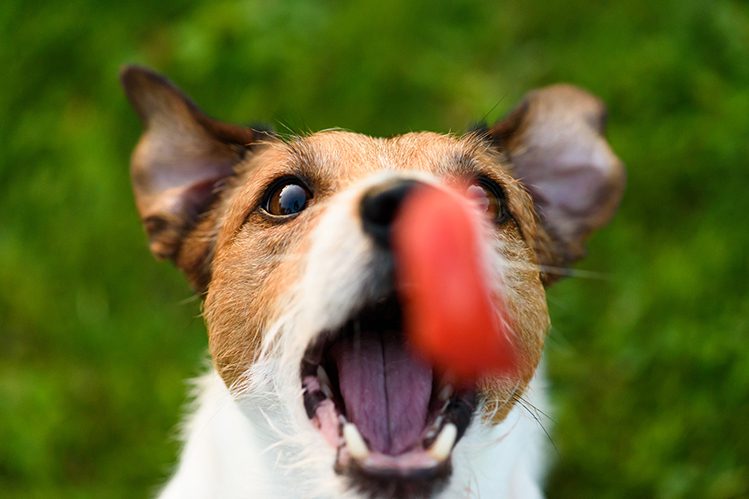
We wish your pets delicious, and most importantly healthy meals!



